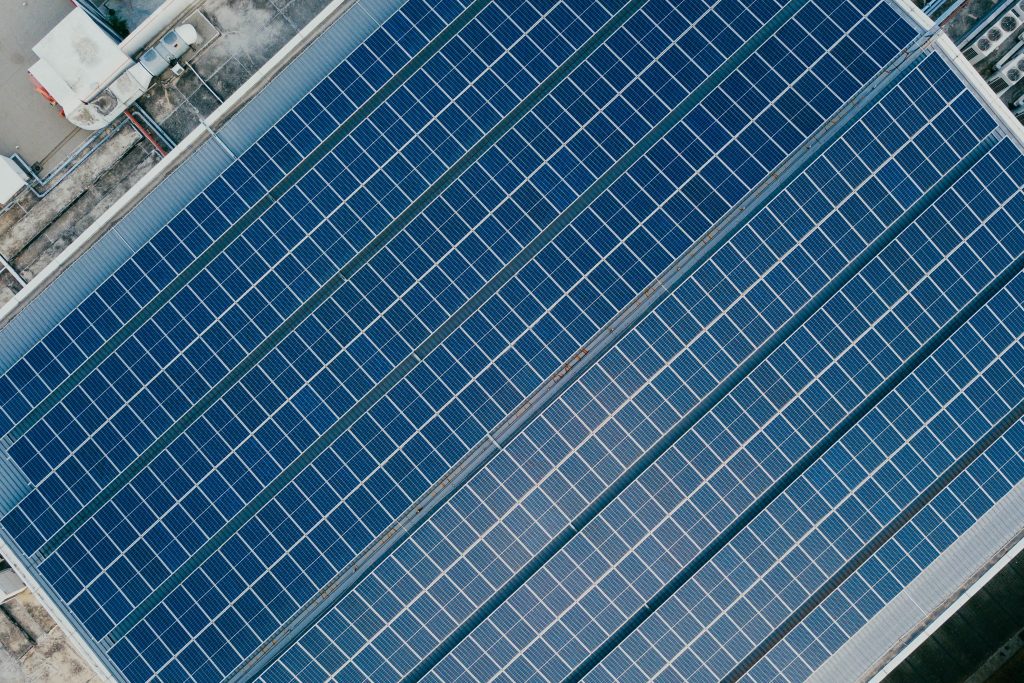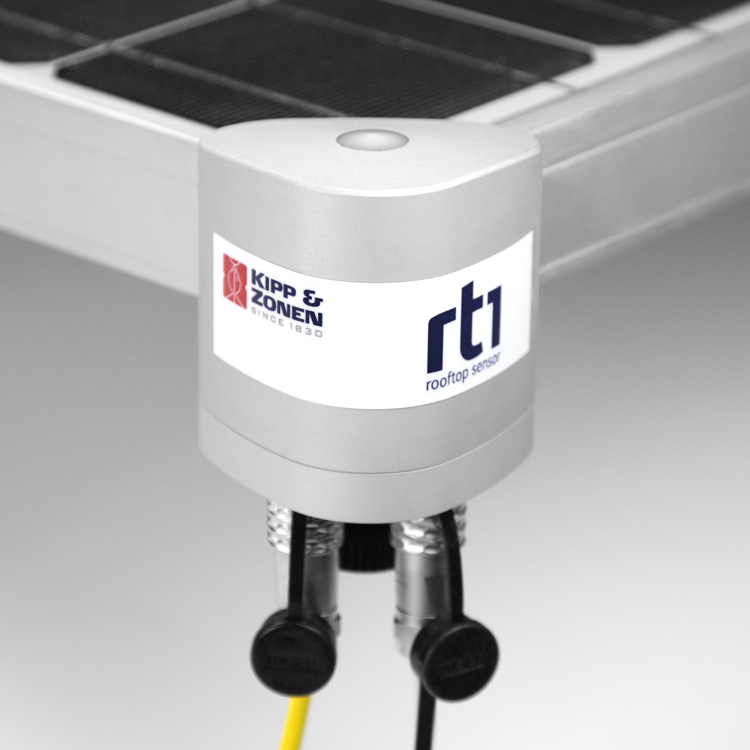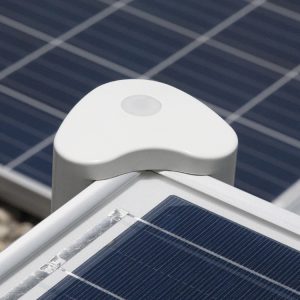ESS Earth Sciences is a supplier of scientific instruments to the Australian market to monitor solar radiation and panel efficiency.
Please note that we are not a vendor of rooftop solar power systems.
Rooftop solar in Australia has grown over the last 10 years. Data from the Clean Energy Regulator [1] indicates there have been 2.38 million photovoltaic (PV) solar systems installed throughout Australia. These 2.38 million PV systems can produce an estimated 10.7 gigawatts (GW).
Industrial solar/solar farms were slower off the blocks, but are catching up. Fragmented data makes determining the total large-scale solar power generation difficult. However, our best estimate is between 9 to 16 GW. That said, large scale solar has gathered momentum, and the upper estimate should be exceeded by the end of 2020.
What is rooftop solar?
Rooftop solar describes any photovoltaic panel system installed on the roof of a building. Traditionally, residential roofs dominated the market, often through government incentive schemes to promote their use. However, as the cost of the panels has come down companies are seeing the benefits of installing solar panels. For companies with large warehouses and buildings, their roofs provide an opportunity to reduce their energy bills and carbon footprint. One of the largest commercial rooftop installations is Primo Foods’ in Queensland [2], which can produce up to 3.2MW, a figure larger than many large scale solar farms.

Similar to their larger equivalents rooftop solar systems convert the sun’s light into electricity in photovoltaic panels (PV). The electricity generated can go down three routes; battery storage, fed back into the grid, or used to power the building. Often a combination of the three will occur throughout the day depending on the solar panel’s total output and the building’s energy requirements.
The correct system requires careful calculations on the building’s power consumption and potential energy output. A building whose electricity requirement is highest in the evening or night may strongly consider a battery system. Consequently, batteries store energy during the day and then release it at night, when demand is highest. Whereas, as a building with a higher energy consumption rate during the day would likely not benefit as much from an installed battery system.
Optimising electricity generation
Solar panel alignment is also a critical factor to optimise performance. Large scale solar farms perform studies using high specification solar irradiance sensors such as pyrheliometers and pyranometers. Data from the sensors provide information on site feasibility and optimal panel angles. Often, the panels rotate throughout the day to maximise exposure. However, the cost of such studies is prohibitive for small scale residential rooftop installations, as is fitting equipment to rotate panels. Though, to maximise energy output optimisation adjustments do need to be made.
Three critical factors to consider.
- Predominant direction to face the panels. Panels in the southern hemisphere predominantly face north to capture the most light. However, it is not uncommon to see panels in an inverted ‘V’ on large rooftop installation as the shape of the roof lends itself to the formation
- Panel’s Angle. Not as straight forward as direction. Installations on residential rooftops sometimes do not have much choice for this. However, panel angles should account for the building’s latitude. For example, towards the equator in Darwin, and an angle of 12.5° would be best, but in Hobart, an angle of 42° is optimal. Flat roofs allow for such optimisations.
- Sun’s path throughout the year. Throughout the year the position of the sun in the sky alters. To compensate for the sun’s changing position panel angles can be adjusted by 15°. Large scale solar farms perform this action automatically through the day by tilting on an axis. Dual-axis solar farms accurately track the sun utilising complex calculations and sensors.
Fine tuning

Commercial buildings and warehouses generally have a large energy requirement. Lighting, equipment, and heating/cooling combined use a lot of energy. As such, larger rooftop installations can benefit from fine-tuning. As there are more panels, small modifications add up to make a big difference. But knowing where to make the optimisation is difficult without good data. As a result, OEMs have produced highly accurate sensors specifically for rooftop solar panels. Such a sensor is the Kipp and Zonen RT1, which provides information on the back of module temperature and the incoming solar irradiance. Using this data it is possible to accurately calculate the expected amount of energy the panels should produce.
Where a panel’s actual energy output differs greatly from the expected output, it may indicate something needs adjusting. It could indicate excessive soiling of the panels, or if temperatures are too high, an unexpected heat source acting on the panels (air conditioning unit, absence of insulation in ceiling below. By making minor adjustments or cleaning the panels when appropriate it is possible to maximise energy generation and return on investment.



